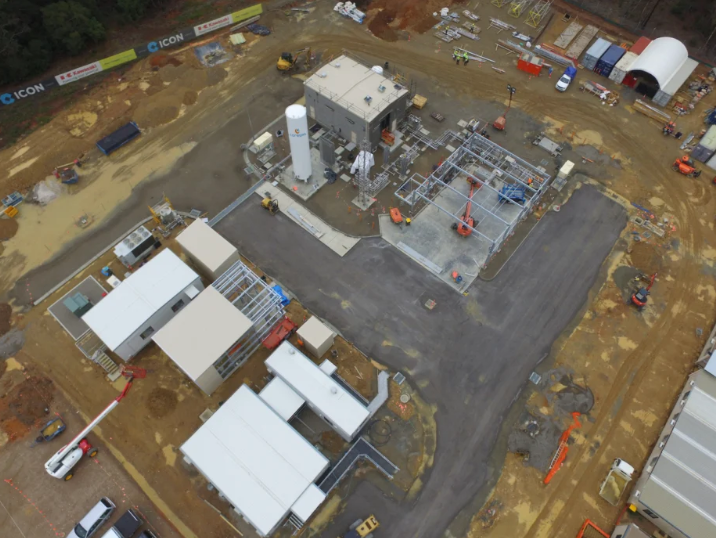A world first project in Victoria, Australia that will convert brown coal to hydrogen for export to Japan is being supported by the only Australian-owned industrial gas company, Coregas.

The Hydrogen Energy Supply Chain (HESC) project will see liquefied hydrogen produced from Latrobe Valley brown coal transported to Japan for use in fuel cell electric vehicles and power generation, in one of the world’s first efforts to commercialise technology to liquefy and transport hydrogen.
Construction of the small-scale pilot facilities at the Port of Hastings commenced in 2019, and the $500m project is expected to be operational in the winter of 2020.
Coregas said it has been integral in providing engineering consultancy, onsite support and equipment for the hydrogen gasification plant at Loy Yang in the Latrobe Valley and the state-of-the-art liquefaction and loading facility at nearby Port of Hastings.
Involved from the FEED (Front End Engineering Design) for the liquefaction plant, Coregas has provided support to the detailed design of the plant.
Further to this, Coregas is providing all the utility and specialised calibration gases to both facilities, the hydrogen compressor for the gasification plant and transportation services to move both liquefied and gaseous hydrogen.
Pre-commissioning for the Hastings facility will be commenced soon. Coregas has been awarded the contract for the Operation and Maintenance (O&M) of the liquefaction plant in its demonstration phase.
The eyes of the world are watching this project as the HESC pilot is the world’s first to liquefy and transport mass quantities of hydrogen across open waters.
It is considered an exciting step forward in the fast-growing hydrogen energy industry, which is likely to be worth US$2.5 trillion by 2050.
Process and technology
At the Latrobe Valley gasification plant hydrogen will be produced from syngas, formed by reacting brown coal with oxygen under high pressure and temperature.
The output of high purity gas will then be compressed and transported to a new hydrogen liquefaction and loading terminal at the Port of Hastings.
Here, the hydrogen gas will be liquefied by a process that cryogenically cools it to –253°C and then converts it to a liquid with 1/800th of its gaseous volume at low pressure for safe and more efficient transportation over long distances and more specifically the sea.
While it’s common for space rockets to use liquefied hydrogen as a fuel, liquid hydrogen has never been transported by ship.
The first shipment is expected to enable the safe transport of liquefied hydrogen in large quantities to Japan in a specially designed ship, the Suiso Frontier.
“This is cutting-edge technology and the most exciting part about this project,” Chris Day, Manager of Tonnage and Engineering at Coregas, said.
“The unique tank on board the ship will need to be operational and able to withstand temperatures at minus 253 degrees centigrade to transport the gas safely. It will be a big day when the ship arrives in Australia.”
Future
Today, Japan imports 94% of its energy as fossil fuels. Due to its limited land and natural gas resources, it is fast tracking the pursuit of an economically, environmentally friendly alternative fuel source.
The country is moving away from nuclear and coal energy and is investing heavily in clean energy options.
“It’s part of the country’s long-term strategy to produce green energy by 2040 for its economic, industrial and transportation needs,” said Wodek Jakubik, Innovation Manager at Coregas.
Jakubik believes there is real synergy between Coregas, with its experience in production, liquefaction and distribution of hydrogen, and the partnership with the Japanese Consortium.
“We at Coregas are committed to supporting initiatives that drive innovation for cleaner energy. We are all keen to see the results of this pilot, which has the potential to completely change the economy, long term,” Jakubik said.
“This is very much a long-term energy solution. As demand for hydrogen increases in Japan for their economy, there is an opportunity to develop a similar demand in Australia and the rest of the world. If successful we could become an energy hub for the region.”